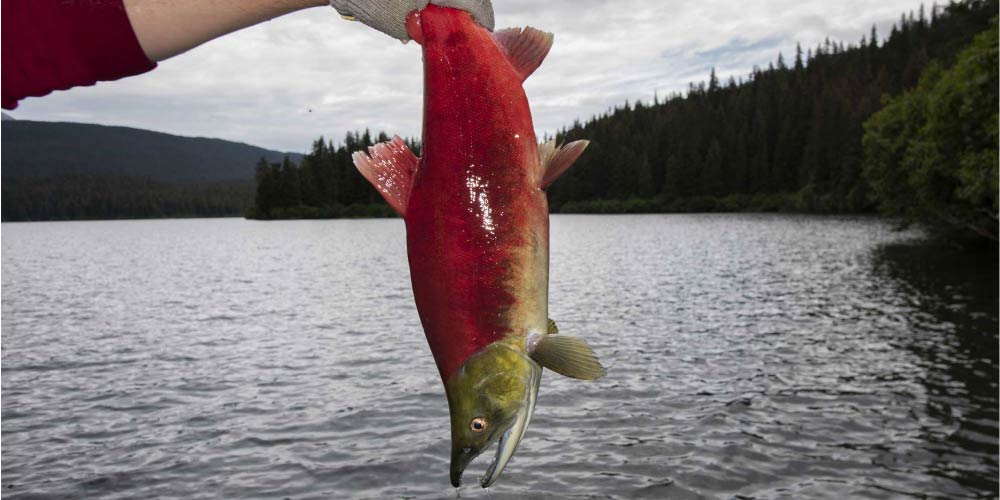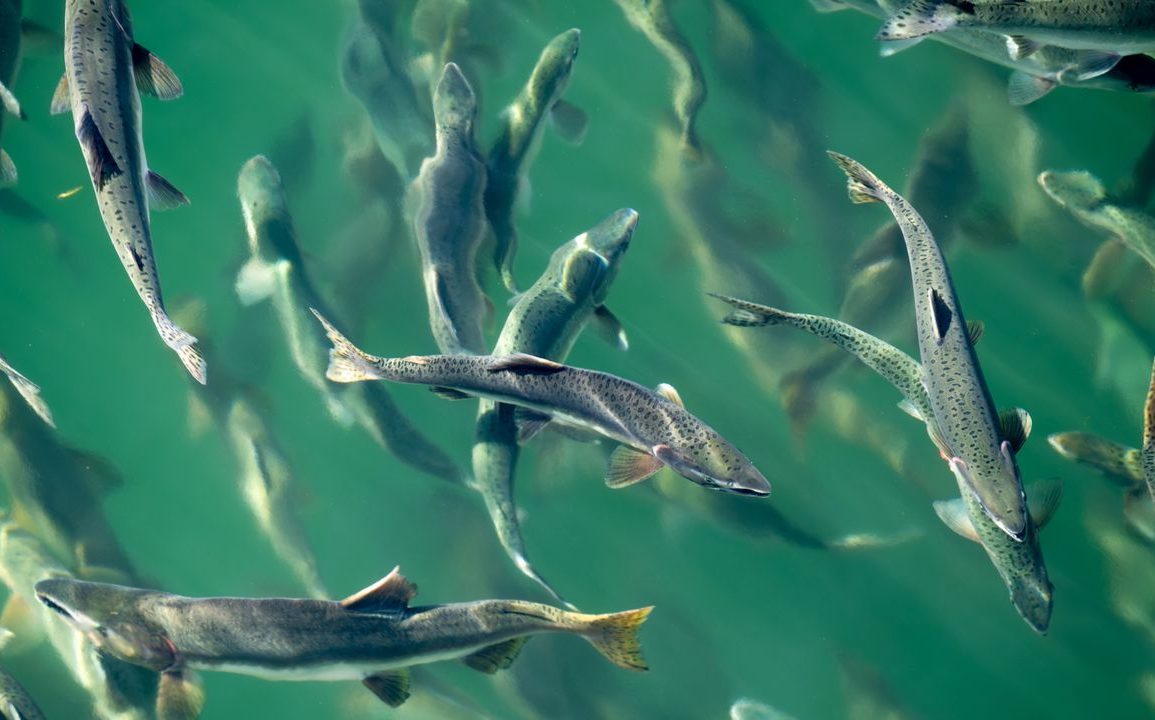Recent studies have highlighted the dramatic rise in river temperatures, adding to the challenges faced by Alaska’s iconic salmon as they attempt to complete their migratory journey. Increasing water temperatures are forcing salmon to seek cooler habitats, which impacts their survival and the traditional practices of many coastal indigenous tribes who have depended on salmon for thousands of years.
Salmon, being anadromous, live in both freshwater and marine environments throughout their life cycle. Alaska’s rivers are home to all five Pacific salmon species: pink, chinook, coho, sockeye, and chum. These fish are born in freshwater, migrate to the ocean to grow and feed, and then return to their birthplace to spawn. This return to their natal rivers is crucial for their survival, as local environmental conditions favor their reproduction.
However, salmon are highly sensitive to temperature changes. Research led by Peter Westley indicates that some salmon, such as chum, are moving into previously too-cold Arctic rivers due to warming temperatures. Additionally, there is evidence of a shift in migratory patterns towards the northern Canadian Arctic as temperatures rise, although this northward movement does not benefit all salmon populations.

The impact of rising temperatures varies across Alaska. While some salmon species are moving northward to find cooler waters, others are suffering severe declines due to heat stress, particularly in southern parts of the state. This variability in response to climate change underscores the complexity of the challenges faced by different salmon populations.
The broader context of declining migratory fish populations is not limited to Alaska. A 2024 global study by the World Fish Migration Foundation reported an 81% decline in migratory freshwater fish populations from 1970 to 2020. Factors such as overfishing, habitat loss, and degradation have disproportionately affected these species.
One of the most impacted areas is the Yukon River, which is crucial for both subsistence and commercial fishing. Native communities, such as those in the Yukon River region, have seen severe reductions in salmon availability, leading to a reliance on alternative food sources.
Efforts to manage salmon populations, including fishing bans, have been met with frustration as industrial fishing practices continue to intercept salmon in the ocean.
Eva Dawn Burk, a member of the Nenana native village, has been advocating for increased tribal representation in fisheries management and stronger regulations on commercial fishing practices. She emphasizes the disconnect between local subsistence needs and the impacts of large-scale commercial operations, which contribute to the decline in salmon populations despite fishing bans on rivers.
Dune Lankard, an Eyak-Athabaskan fisherman, shares a similar concern about the impact of commercial trawlers and hatchery practices on wild salmon populations.
He highlights the cumulative effects of these pressures, including competition from hatchery-raised salmon, which further exacerbate the challenges faced by wild salmon. Despite these difficulties, he remains hopeful and continues to work towards protecting salmon habitats and promoting sustainable practices.
Lankard’s long-term commitment to salmon conservation, including kelp farming to improve habitat conditions, reflects a broader resilience among those who rely on salmon. Both Lankard and Burk emphasize the need for continued efforts to safeguard salmon populations and their habitats, highlighting the importance of addressing both environmental and management challenges to ensure the future of this vital resource.

